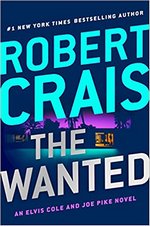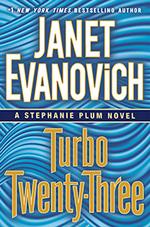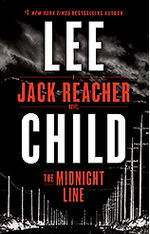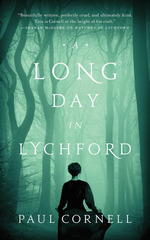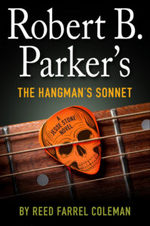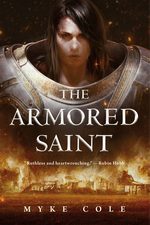 The Armored Saint
The Armored Saint
by Myke Cole
Series: The Sacred Throne, #1Hardcover, 203 pg.
Tor Books, 2018
Read: February 28, 2018

“My strength is the Emperor and His Holy Writ.”
“Aren’t you pious for one who is so green at the sight of the Order?”
“The Emperor is divine. The Order are just men. You don’t fault a whole faith just because some of its agents take to brigandage. My faith kept me through the war, and it hasn’t failed me after.”
I’ve tossed out a couple of drafts of a paragraph of synopsis, and am tired of trying, so I’m just going to cite the jacket copy:
In a world where any act of magic could open a portal to hell, the Order insures that no wizard will live to summon devils, and will kill as many innocent people as they must to prevent that greater horror. After witnessing a horrendous slaughter, the village girl Heloise opposes the Order, and risks bringing their wrath down on herself, her family, and her village.
Lord Acton famously wrote to Bishop Creighton, “Power tends to corrupt, and absolute power corrupts absolutely.” This idea drips from almost every page of this book. Not that there was a whole lot of absolute power funning around — one member of The Order was close, and one other liked to act like it. But there’s a lot of people with enough power (of various kinds) that their tendency to corruption is problematic for everyone around them. It’s not the prettiest of worlds, but it’s a good setting for a conflict-filled read.
In the midst of this is a nation(?) ruled by a religion — including a scripture that may or may not be correctly interpreted by the religious authorities (who have plenty of civic and martial authority), although there’s no doubt that their application could use some work. They rule (and protect, if you use the term generously) this region through fear and intimidation. But you have to admit, what they’re doing works. Which doesn’t excuse the terror they inflict, but it suggests that somewhere there is an orthodoxy at work.
There are no really likeable characters here, everyone is flawed, but you cannot help but hope for the best for some of them — because they are unlikable, flawed people. Most of them are just trying to make it the best that they can for themselves and their family — and their neighbors, if possible. There are plenty of characters that you never want the best for (aside from repentance), and a couple of characters who jump from “hope for the best” to “hope they die horribly” column. This includes the protagonist — honestly, the more time we spent with her, the less I was that interested in her survival. Really, I liked her about as much as you can like Anakin in Attack of the Clones — thankfully, I like her friends and family.
Whether the Military Fantasy that we’re used to from him or this traditional Fantasy, Myke Cole knows how to write fight scenes (and other scenes of violence). This is seen particularly in the final climactic battle — it was so exciting that I found myself racing through it and having to pause and go back to make sure I understood what happened and hadn’t missed any details. Visceral is really the only word to use there.
I don’t understand how in the middle of this pretty generic Middle-Ages Europe-y fantasy we get war machines. They’re like what Tony Stark would’ve come up with a couple hundred years ago. They absolutely don’t belong to the setting — but neither does magic, so if the reader can buy one, you might as well buy both. Especially when the exosuits are so cool.
Still, at the end of the day, I was underwhelmed. It’s a rich world with characters that a reader can really sink their teeth into. But you just don’t get enough. Two hundred pages isn’t enough — The Armored Saint almost seems more like a 200 page set-up and/or advertisement for the sequel. Am I planning on reading The Queen of Crows and (most likely) The Killing Light? Yeah, I think I’ve even ordered the second one. But I’m not as excited for them as I should’ve been.
I expect my opinion to be in the minority here, so fill up that comment section with all the ways I’m wrong about Cole’s latest (or at least some of the ways).
—–



